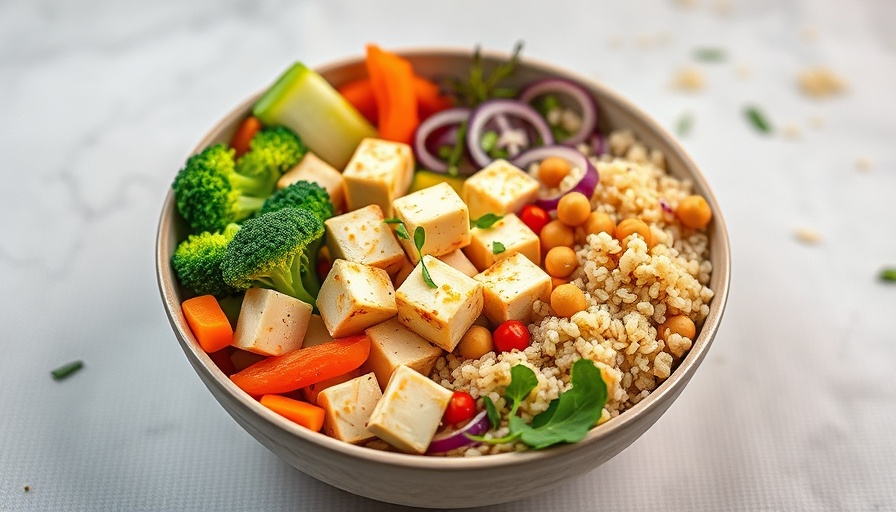
The Nutritional Powerhouse: Understanding Dietary Fiber
Dietary fiber is often overlooked, yet it serves as a nutritional powerhouse essential for optimal health. Classified into two primary types—soluble and insoluble—fiber plays a crucial role in maintaining digestive health, stabilizing blood sugar levels, and supporting heart function.
Soluble Fiber: The Gel-Like Guardian of Health
Soluble fiber dissolves in water and forms a gel-like substance in the gut, aiding in various health aspects. Notably, it helps manage blood sugar levels by slowing sugar absorption, which is vital for those managing diabetes. Furthermore, it contributes to heart health by binding to cholesterol, thus helping to lower LDL cholesterol levels. Foods rich in soluble fiber include oats, lentils, apples, and citrus fruits.
Insoluble Fiber: The Digestive Champion
On the other hand, insoluble fiber remains intact as it passes through the digestive tract, effectively promoting regular bowel movements. It acts as a natural laxative by adding bulk to stool, which aids in preventing constipation. Common sources of insoluble fiber include whole grains, nuts, and the skins of fruits and vegetables, making it a staple for digestive wellness.
The Importance of Fiber in Your Diet
Getting a sufficient amount of fiber varies by age and gender. While men generally require about 38 grams and women 25 grams daily, surprisingly, a significant majority of Americans fall short of these recommendations. Fiber is essential not only for digestive health but also for managing blood sugar, cholesterol, and as a prebiotic that supports a healthy gut microbiome.
Benefits of Fiber Over Time: What the Research Says
Recent studies, such as those from the National Institutes of Health, emphasize that fiber's health benefits vary based on its type and the individual's unique circumstances. For instance, soluble fibers have been linked to cholesterol reduction, while insoluble fibers support digestive health. This suggests that a balanced intake of both types of fiber can enhance overall well-being.
Practical Tips to Increase Your Fiber Intake
Integrating more fiber into your diet doesn't have to be daunting. Start by incorporating whole grains, legumes, fruits, and vegetables into your meals. For instance, swap white bread for whole wheat, add beans to your salads, or enjoy a snack of fresh fruit. Such changes can significantly increase your daily fiber intake, leading to improved health outcomes.
The Road Ahead: Personalized Fiber Needs
As research develops, personalized approaches to dietary fiber intake are becoming more essential. Just as individual responses to different diets vary, the effectiveness of fiber types will depend on personal health needs and preferences. This emerging understanding is crucial for tailoring diets that empower individuals to optimize their health.
Conclusion: Embrace the Power of Fiber
In summary, understanding the types and benefits of dietary fiber is vital for anyone invested in their health, particularly fitness enthusiasts looking to improve their diets. With the right knowledge and practical strategies, enhancing your fiber intake can pave the way for better digestion, heart health, and overall well-being. Let food be your medicine, and make fiber-rich foods a staple in your routine.
 Add Row
Add Row  Add
Add 




 Add Row
Add Row  Add
Add 

Write A Comment